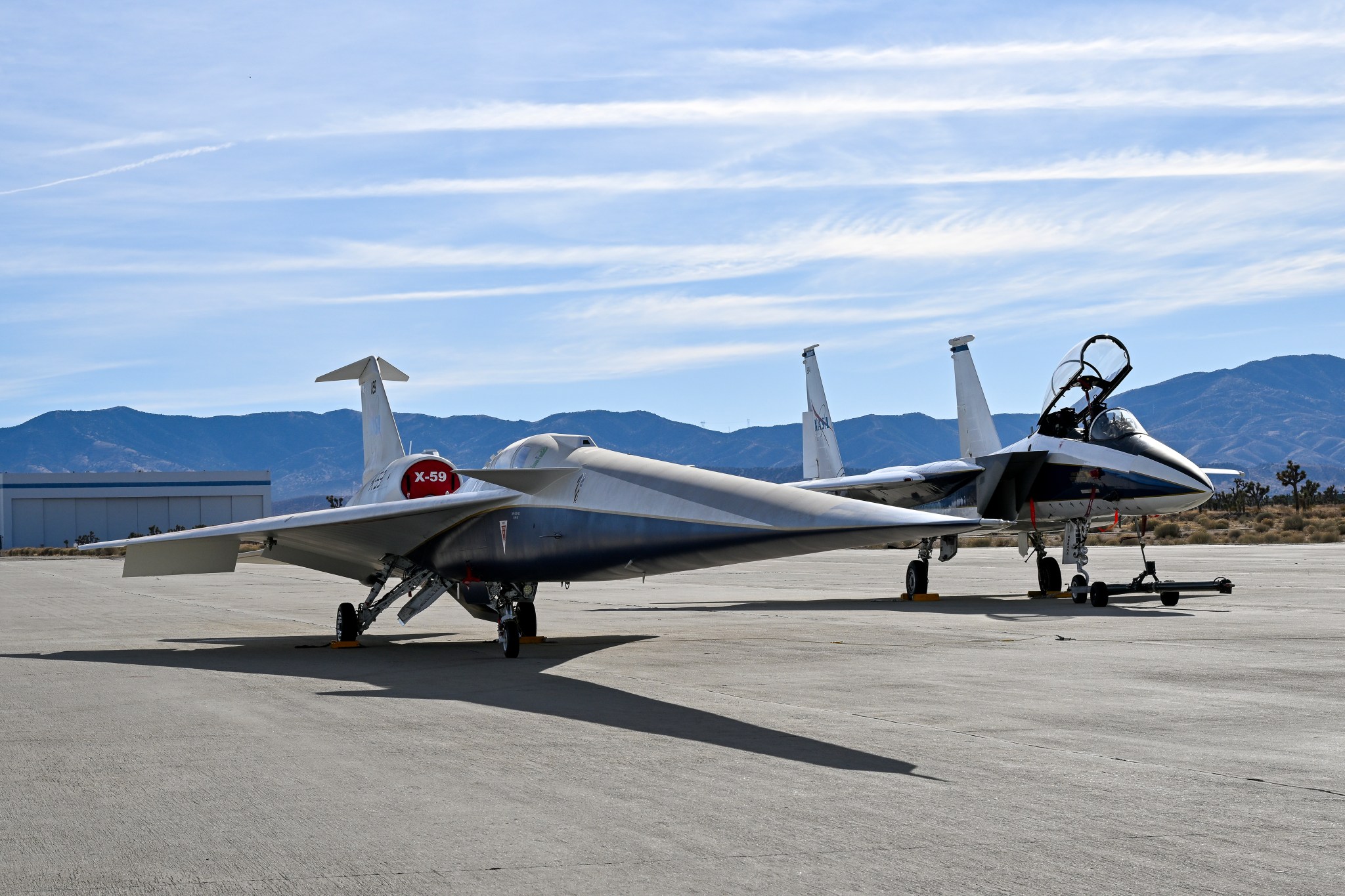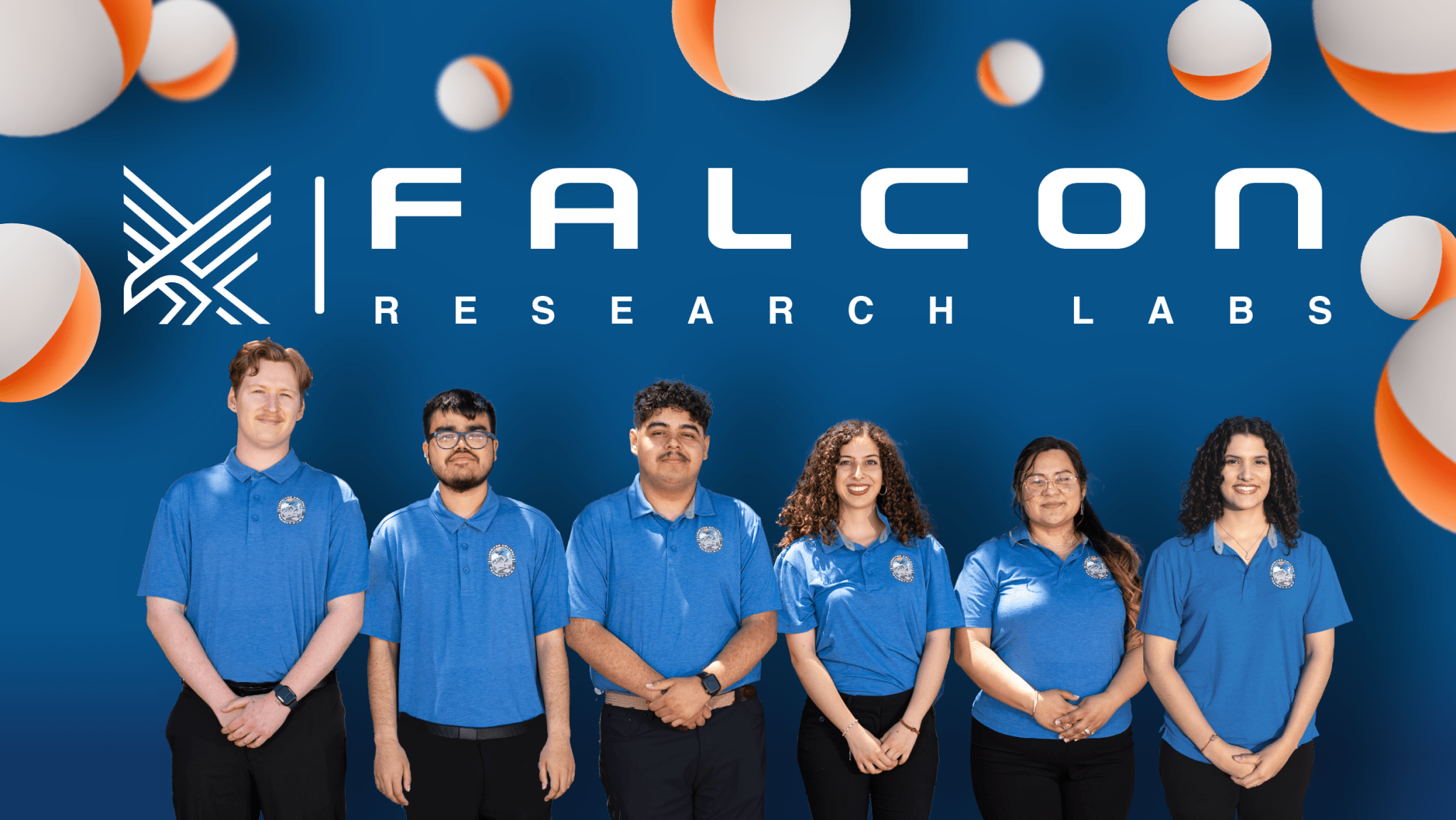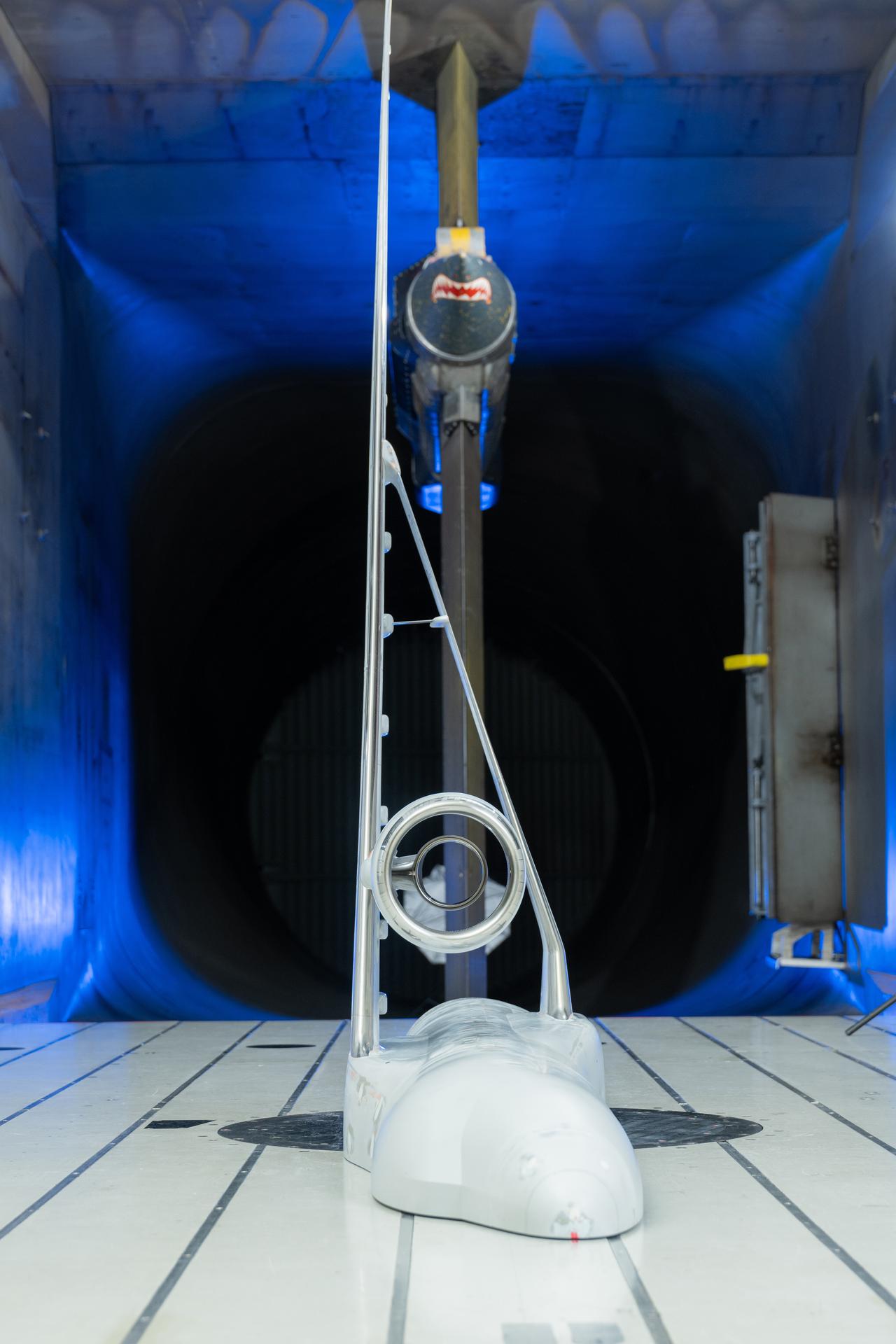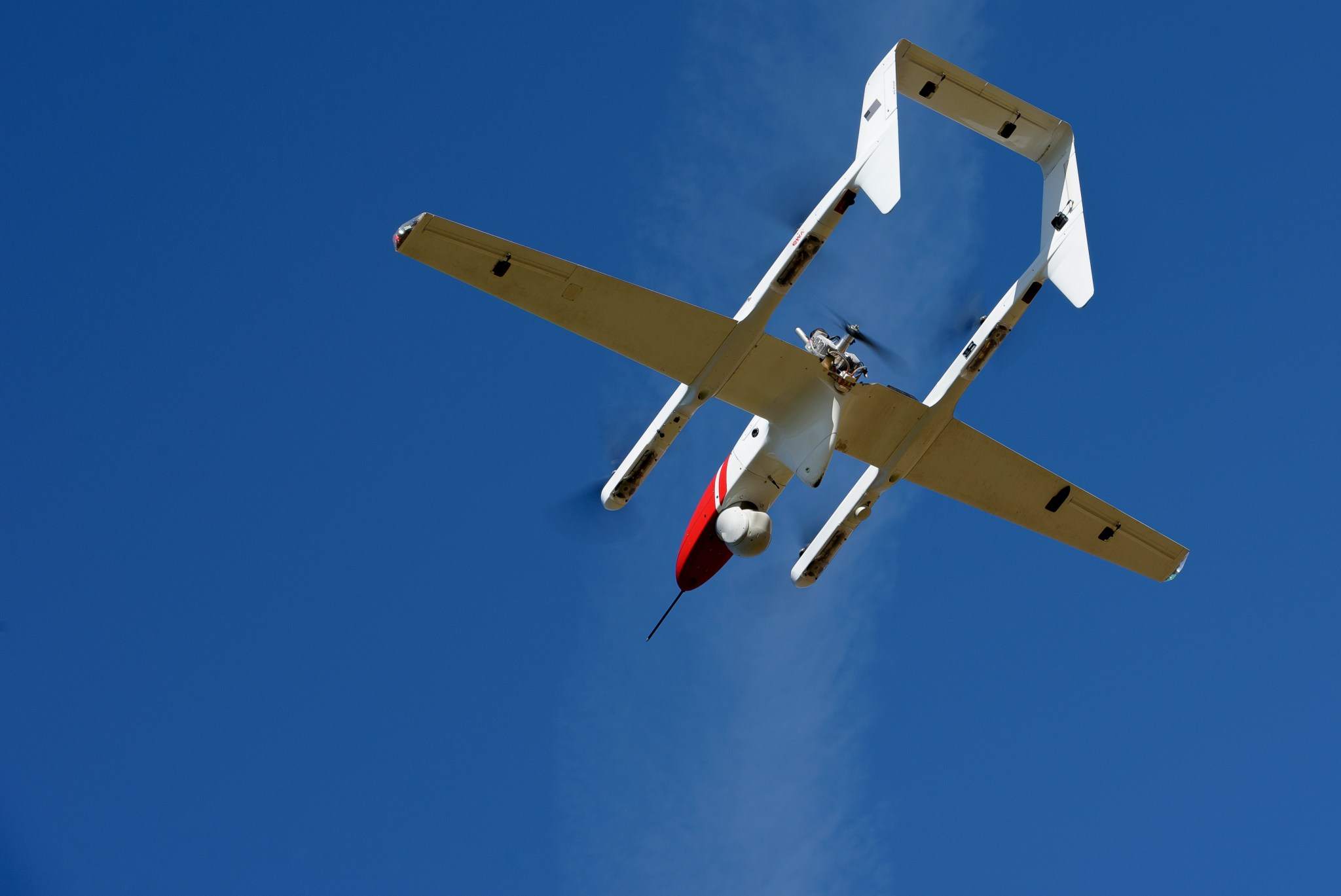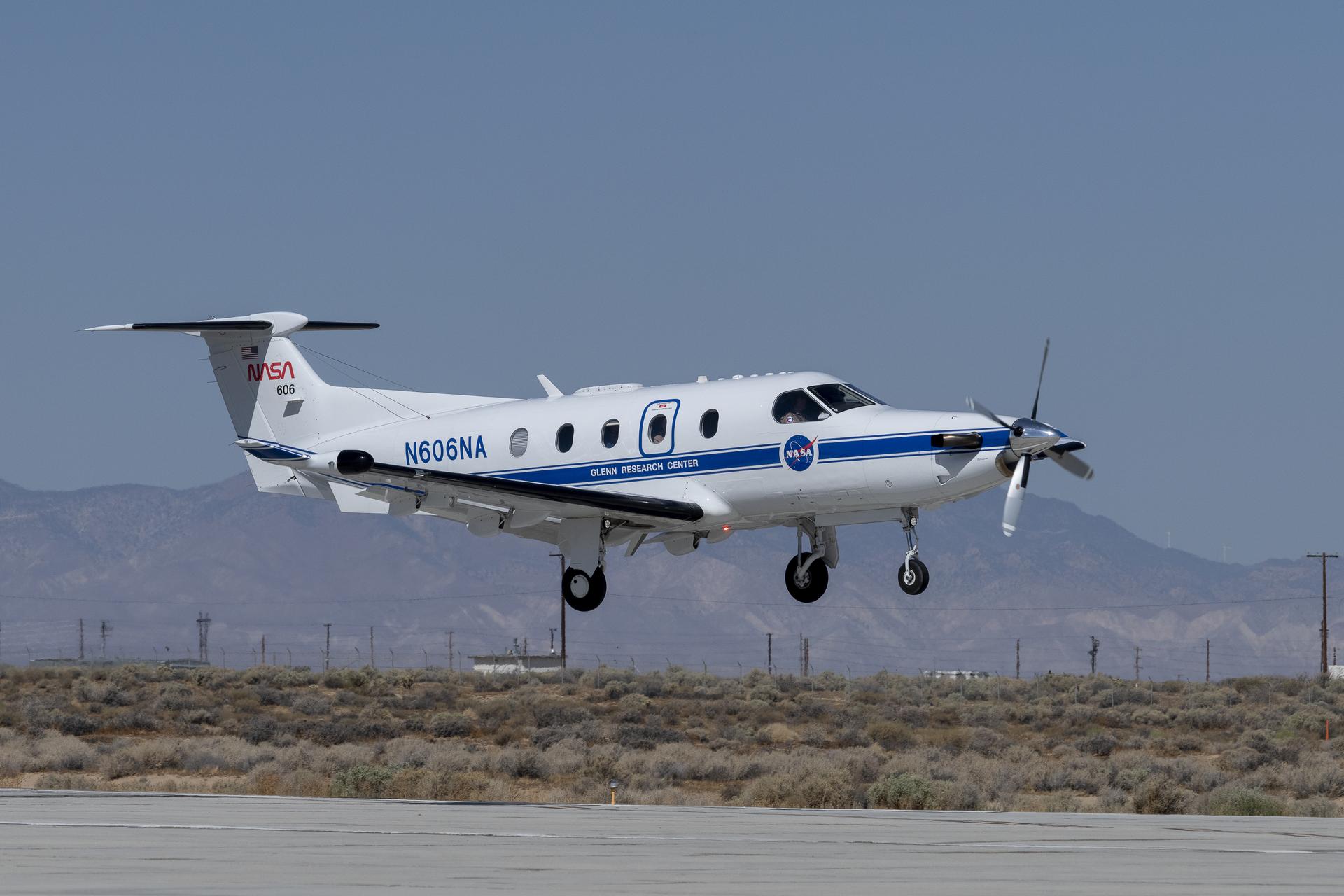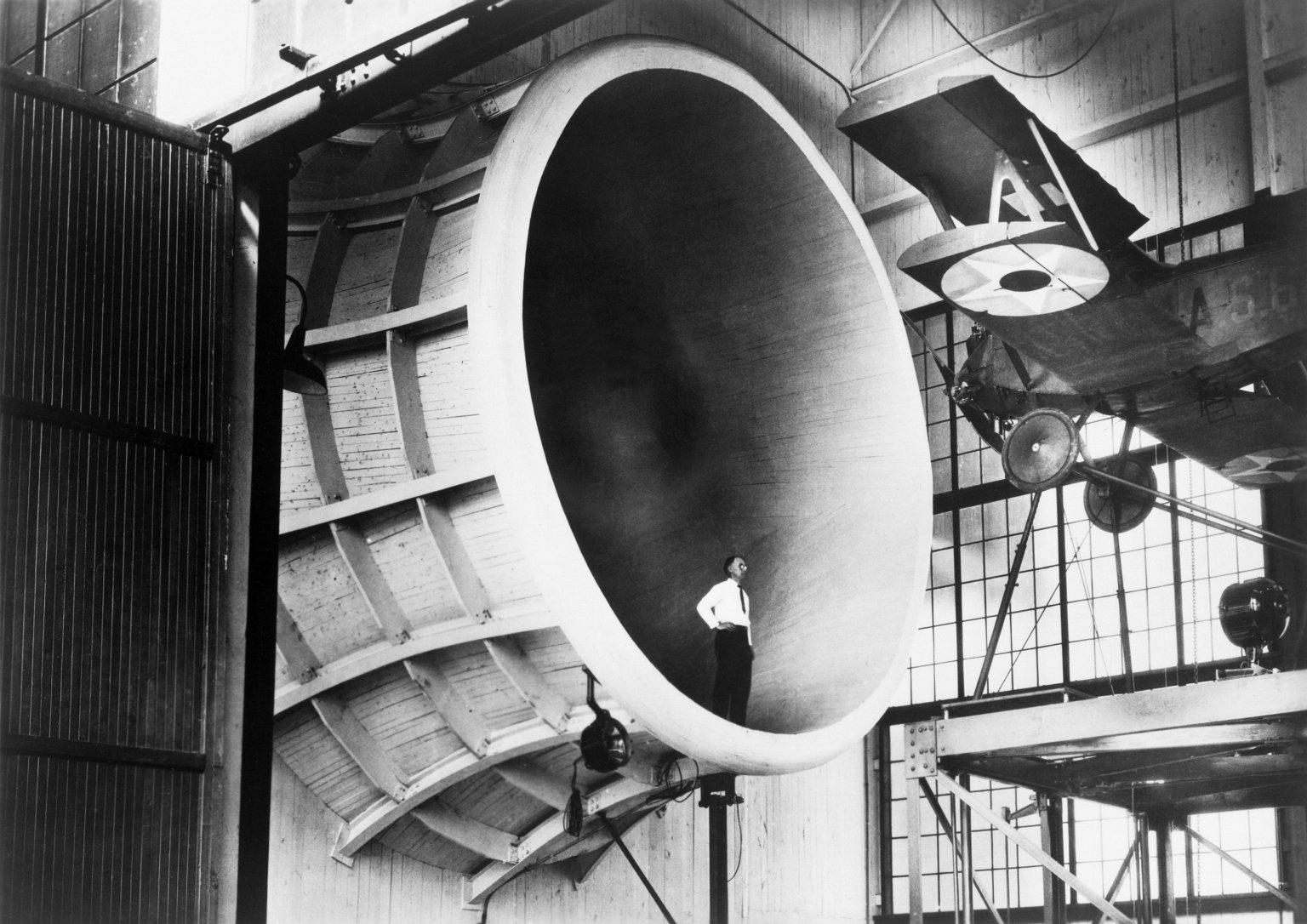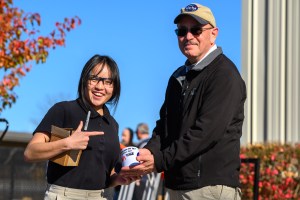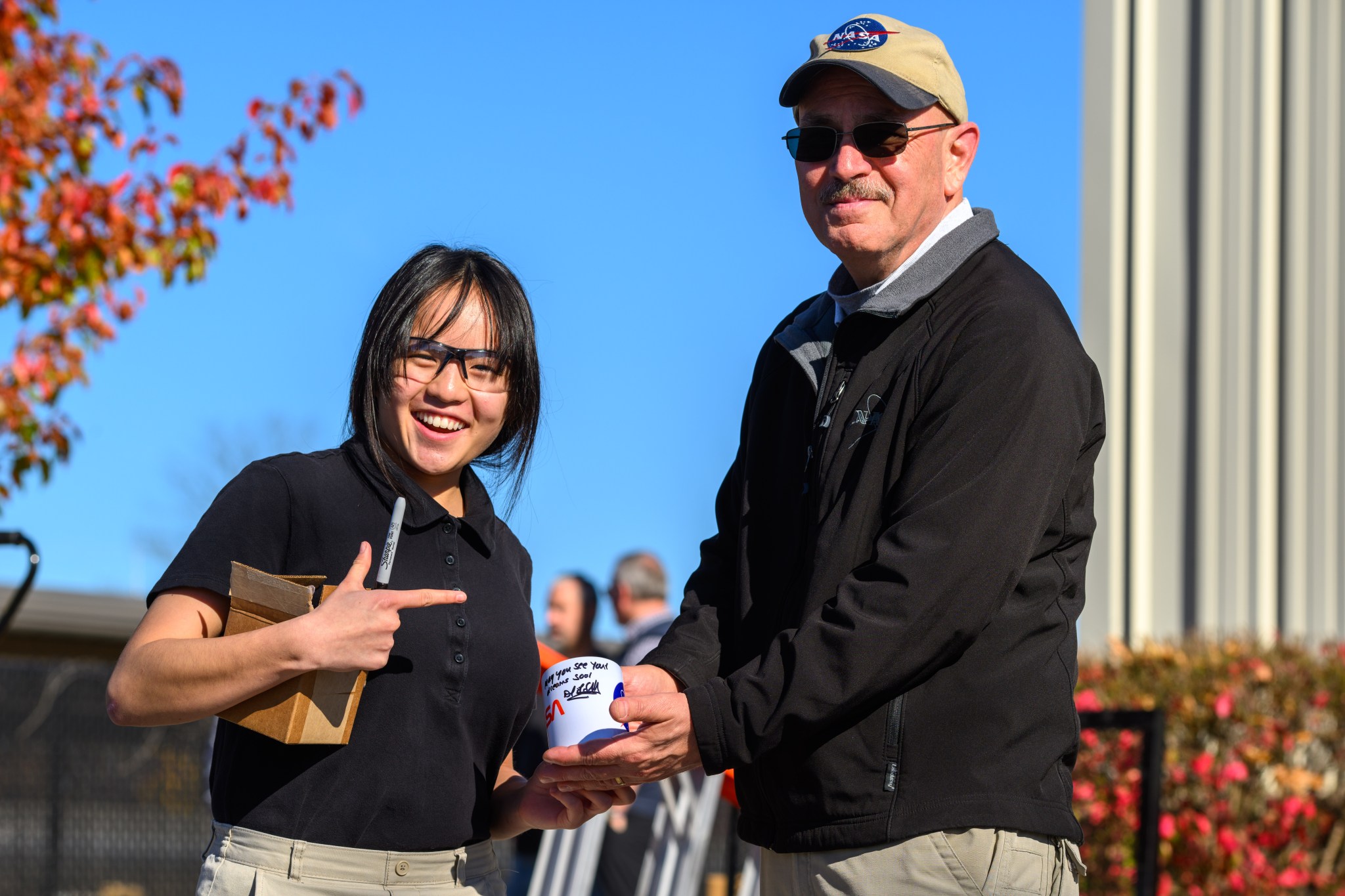3 min read Preparations for Next Moonwalk Simulations Underway (and Underwater) NASA’s F-15D research aircraft is positioned adjacent to the X-59 during electromagnetic compatibility testing at U.S. Air Force Plant 42 in Palmdale, California. Researchers activated the F-15D’s radar, C-band transponder, and radios at different distances from the X-59 to evaluate potential electromagnetic interference with the aircraft’s flight-critical systems, ensuring the X-59 can operate safely with other aircraft. These tests showed that the aircraft’s integration is maturing and cleared a major hurdle that moves it one step closer to first…
Read MoreTag: Aeronautics
NASA University Research Program Makes First Award to a Community College Project
4 min read Preparations for Next Moonwalk Simulations Underway (and Underwater) The Project F.I.R.E. team, part of Falcon Research Labs and current students at Cerritos Community College in California, is researching the use of drones to extinguish fires as part of a NASA research award called the University Student Research Challenge. From left, Logan Stahl, Juan Villa, Angel Ortega, Larisa Mayoral, Jenny Escobar, and Paola Mayoral-Jimenez. Falcon Research Labs Great ideas, and the talent and passion that bring them to life, can be found anywhere. In that spirit, NASA’s University…
Read MoreWind Over Its Wing: NASA’s X-66 Model Tests Airflow
2 min read Preparations for Next Moonwalk Simulations Underway (and Underwater) NASA’s Sustainable Flight Demonstrator project concluded wind tunnel testing in the fall of 2024. Tests on a Boeing-built X-66 model were completed at NASA’s Ames Research Center in California’s Silicon Valley in its 11-Foot Transonic Unitary Plan Facility. The model underwent tests representing expected flight conditions to obtain engineering information to influence design of the wing and provide data for flight simulators. NASA/Brandon Torres Navarrete NASA’s Sustainable Flight Demonstrator (SFD) project recently concluded wind tunnel tests of its X-66…
Read MoreNASA Flight Tests Wildland Fire Tech Ahead of Demo
An FVR90 unmanned aerial vehicle (UAV) lifts off from the Monterey Bay Academy Airport near Watsonville, California, during the Advanced Capabilities for Emergency Response Operations (ACERO) Shakedown Test in November 2024. NASA/Don Richey NASA is collaborating with the wildfire community to provide tools for some of the most challenging aspects of firefighting – particularly aerial nighttime operations. In the future, agencies could more efficiently use drones, both remotely piloted and fully autonomous, to help fight wildfires. NASA recently tested technologies with teams across the country that will enable aircraft –…
Read MoreNASA Tests Air Traffic Surveillance Technology Using Its Pilatus PC-12 Aircraft
3 min read Preparations for Next Moonwalk Simulations Underway (and Underwater) Equipped with state-of-the-art technology to test and evaluate communication, navigation, and surveillance systems NASA’s Pilatus PC-12 performs touch-and-go maneuvers over a runway at NASA’s Armstrong Flight Research Center in Edwards, California on Sept. 23, 2024. Researchers will use the data to understand Automatic Dependent Surveillance-Broadcast (ADS-B) signal loss scenarios for air taxi flights in urban areas. To prepare for ADS-B test flights pilots and crew from NASA Armstrong and NASA’s Glenn Research Center in Cleveland, ran a series of…
Read MoreNASA Scientists, Engineers Receive Presidential Early Career Awards
This image from NASA’s James Webb Space Telescope shows the dwarf galaxy NGC 4449. ESA/Webb, NASA & CSA, A. Adamo (Stockholm University) and the FEAST JWST team President Biden has named 19 researchers who contribute to NASA’s mission as recipients of the Presidential Early Career Award for Scientists and Engineers (PECASE). These recipients are among nearly 400 federally funded researchers receiving the honor. Established in 1996 by the National Science and Technology Council, the PECASE Award is the highest honor given by the U.S. government to scientists and engineers who…
Read MoreLangley’s Propeller Research Tunnel
NASA Elton W. Miller, chief of aerodynamics at what is now NASA’s Langley Research Center in Hampton, Virginia, stands in the entrance cone of the Propeller Research Tunnel in this Sept. 9, 1926, photo. In front of the entrance is the Sperry M-1 Messenger, the first full-scale airplane tested in the tunnel. The Propeller Research Tunnel, or PRT as it came to be known, was only the National Advisory Committee for Aeronautics’ third wind tunnel and the largest one built. The PRT was in fact the largest tunnel built at…
Read More2024: NASA Armstrong Prepares for Future Innovative Research Efforts
4 min read Preparations for Next Moonwalk Simulations Underway (and Underwater) NASA/Quincy Eggert NASA’s Armstrong Flight Research Center in Edwards, California, is preparing today for tomorrow’s mission. Supersonic flight, next generation aircraft, advanced air mobility, climate changes, human exploration of space, and the next innovation are just some of the topics our researchers, engineers, and mission support teams focused on in 2024. NASA Armstrong began 2024 with the public debut of the X-59 quiet supersonic research aircraft. Through the unique design of the X-59, NASA aims to reduce the sonic…
Read MoreNASA, Notre Dame Connect Students to Inspire STEM Careers
2 min read Preparations for Next Moonwalk Simulations Underway (and Underwater) Rebecca Anderson, a junior enrolled at the Portage School of Leaders High School in South Bend, Indiana, spent time with NASA Glenn Research Center’s Daniel Sutliff, an acoustic engineer, on the campus of the University of Notre Dame on Nov. 7, 2024. Students witnessed the operation of the Advanced Noise Control Fan owned by NASA and on loan to the university for STEM experiences. Credit: Matt Cashore/University of Notre Dame High school students in Indiana are contributing to NASA’s…
Read MoreAtmospheric Probe Takes Flight
NASA/Steve Freeman On Oct. 22, 2024, the latest iteration of an atmospheric probe developed by researchers at NASA’s Armstrong Flight Research Center in Edwards, California, successfully completed a test flight. Building on NASA 1960s research on lifting body aircraft, which use the aircraft’s shape for lift instead of wings, the concept could offer future scientists a potentially better and more economical way to collect data on other planets. Testing demonstrated the shape of the probe works. The atmospheric probe flew after release from a quad-rotor remotely piloted aircraft above Rogers Dry…
Read More